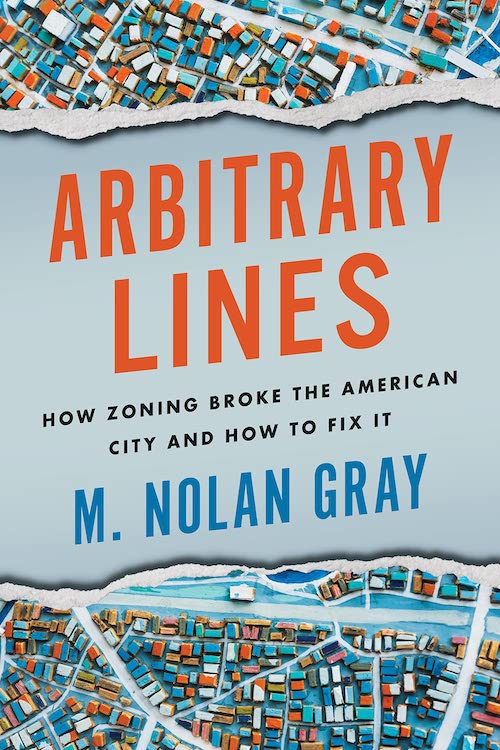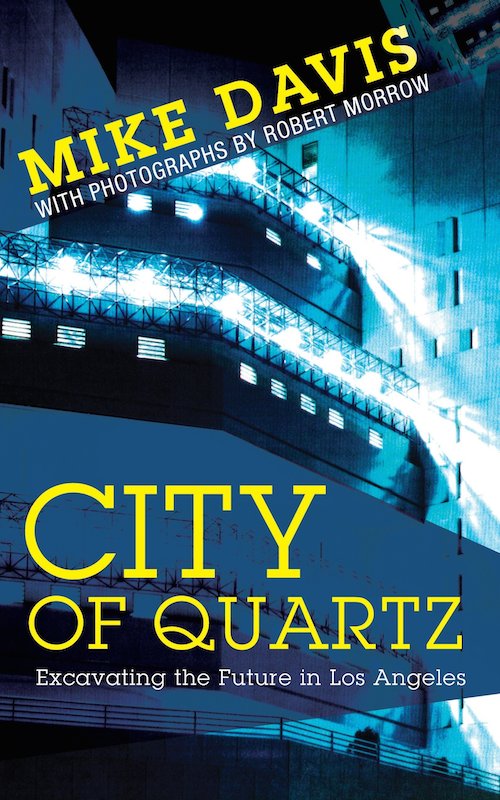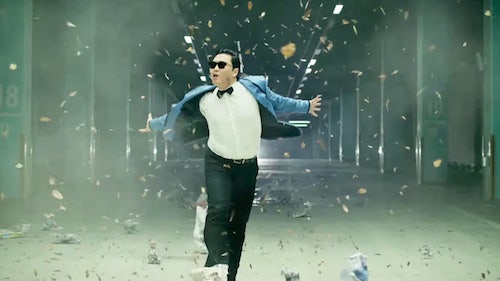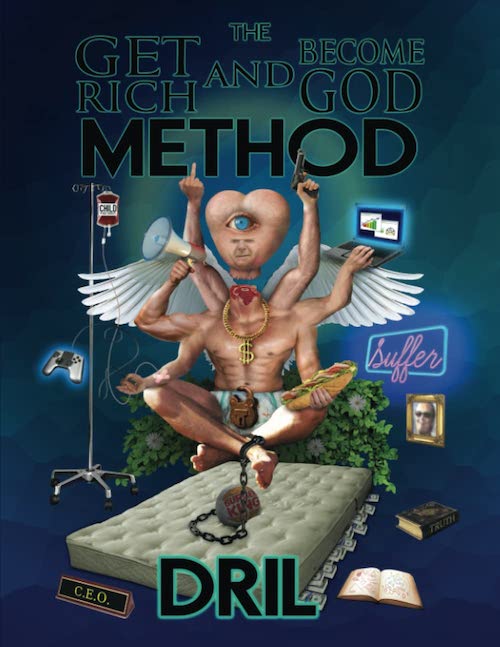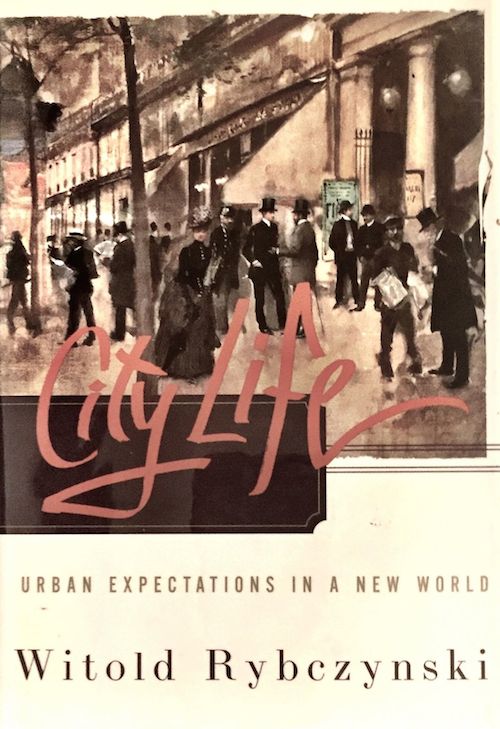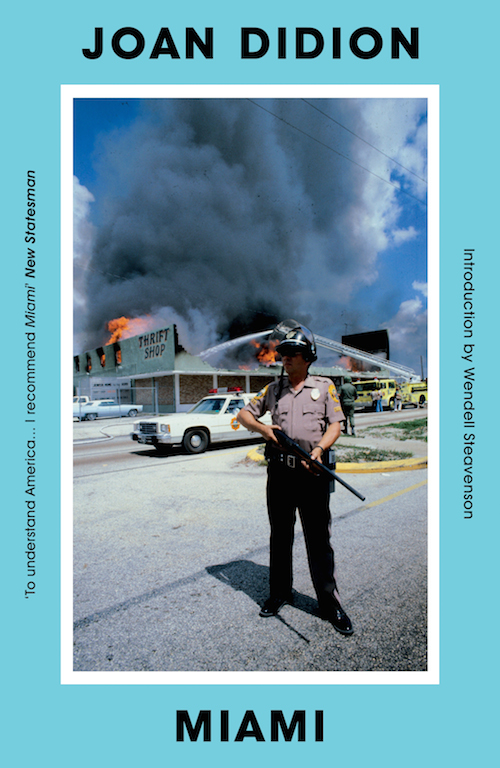
Lee Jung-jae is in many ways the epitome of South Korean soft power. He has won international fame — and an Emmy this week — with his starring role in the hit Netflix series Squid Game, the dystopian South Korean thriller binge-watched around the world last autumn. He’ll soon take that fame to new heights as a leading man in The Acolyte, the forthcoming Star Wars series from Disney+.
It’s no coincidence that Star Wars’ first prominent east Asian performer is Korean. Americans in particular have by now come to regard South Koreans as what I call “the Westerners of Easterners”, a people more culturally relatable than the Japanese and less geopolitically threatening than the Chinese. This distinction results in large part from the West’s years of exposure to Korean popular culture, thanks to the likes of the Billboard-chart dominating BTS, Bong Joon-ho’s Best Picture-winning Parasite, and of course Squid Game.
This pop-cultural “Korean wave” — or hallyu — began sweeping Asia around the turn of the millennium and reached Western shores in earnest a decade ago, with the surprise global phenomenon that was Psy’s Gangnam Style. A satire of the garish lifestyles led by Seoul’s nouveau riche, that song — and even more so its strenuously absurd music video — showed the Korean entertainment industry that, one way or the other, the West could be won over. Ten years on, it has nearly 4.5 billion views on YouTube and features in the Victoria and Albert museum’s “Hallyu! The Korean Wave” exhibition, which opens next week.
